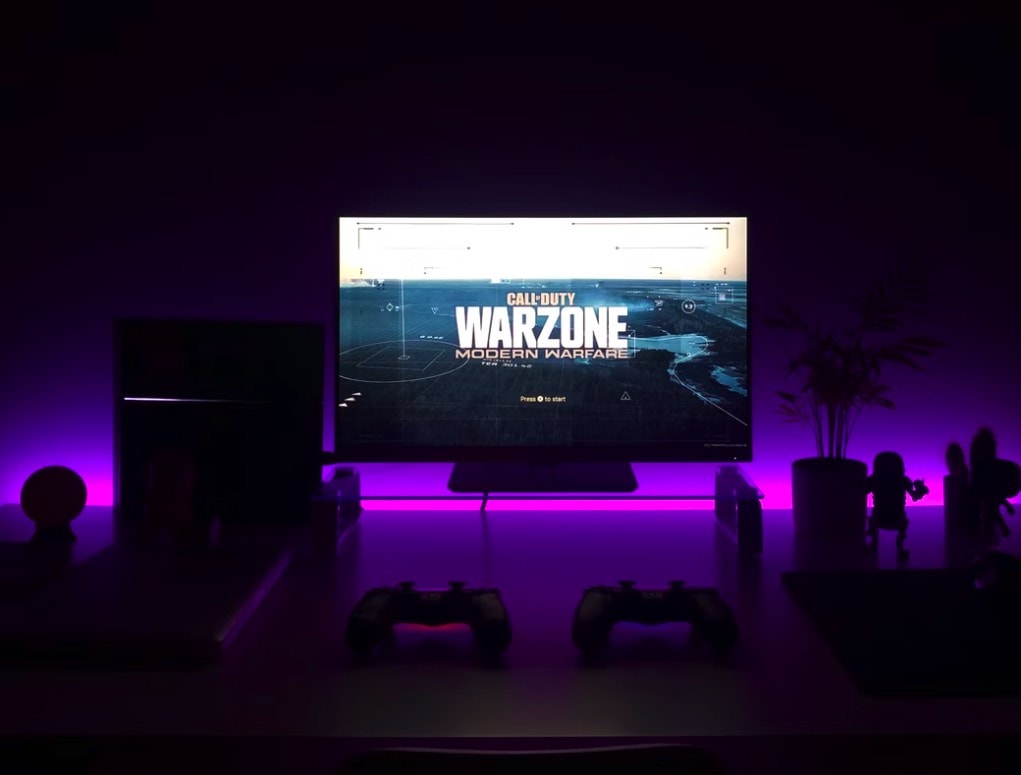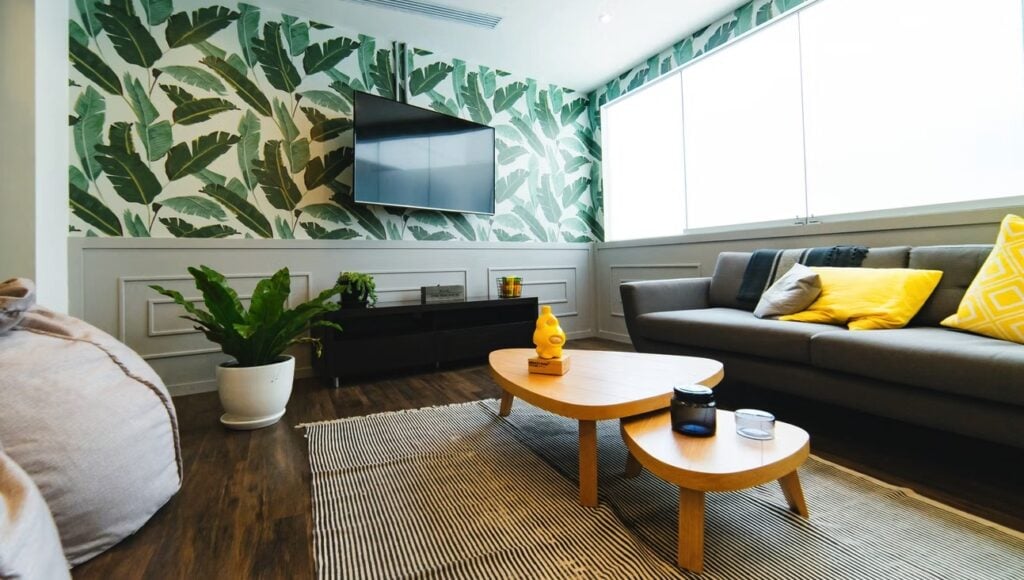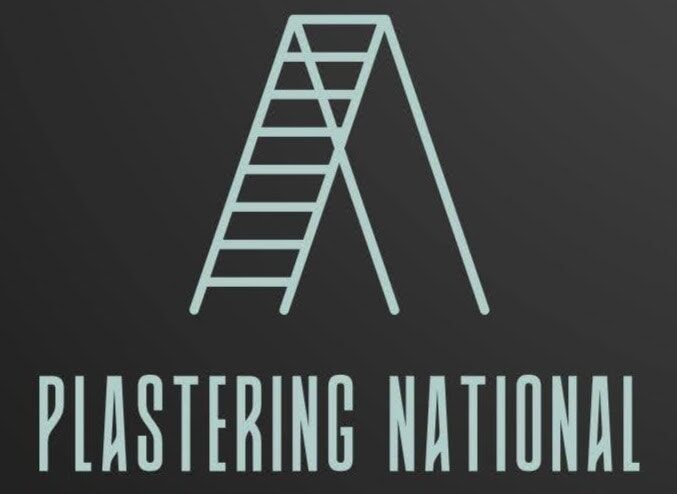Mounting a television on plaster walls can be more challenging than other surfaces, but it can be done securely with the right tools and techniques. Here’s a step-by-step guide to ensure your TV stays in place without damaging your wall.
Let’s get straight to the point.
Mounting a TV on plaster walls requires careful planning and the right tools. First, locate wall studs using a stud finder or tap the wall to find solid areas.
If no studs are found, use heavy-duty plaster anchors rated for at least 150 pounds. Drill pilot holes, insert plaster anchors, and securely attach the mounting bracket.
If needed, reinforce weak plaster with plywood. Finally, mount the TV onto the bracket, ensuring it’s stable and aligned. Proper planning and care can prevent damage to the wall and ensure a secure installation.
Tools You Need To Mount Your TV On Plaster Walls

Essential Tools And Equipment
To successfully mount your TV, you’ll need a few items:
- Stud Finder: Use a stud finder to locate the wall studs. Two types are available: magnetic and electronic. Either one can help you find critical studs for a secure mount.
- TV Mounting Bracket: Ensure the bracket you use matches the size and weight of your TV. If the amount differs from the TV’s, check the compatibility specifications before purchasing.
- Plaster Anchors: You’ll need plaster anchors if you can’t find studs behind your plaster wall. To prevent damage, choose anchors rated to hold at least 150 pounds.
- Drill and Drill Bits: You’ll need a power drill to make holes in the wall for the mounting screws. Use drill bits that are slightly smaller in diameter than the plaster anchors.
- Screwdriver: A Phillips screwdriver is typically the best option for securing the screws into place.
- Bolts: M8 bolts are used for a secure fit and are usually included with most TV wall plates.
Step-By-Step Guide For Mounting Your TV
1. Locate The Wall Studs
Finding the studs in your wall is important, as they provide the support needed to hold your TV’s weight. Here’s how to find them:
- Use a Stud Finder: Hold the stud finder flat against the wall and move it slowly across the surface. When it locates a stud, mark the spot with painter’s tape.
- Alternative Method: If you don’t have a stud finder, tap on the wall and listen for a solid sound indicating a stud is nearby.
2. Choose The Best Location For Your TV
When choosing the ideal TV spot, consider aesthetics and functionality. For the best viewing experience, position the TV at eye level when seated and make sure it’s centred.
- Structural Integrity: Avoid areas where the plasterboard may be thin or without studs. Mounting directly onto studs provides the best support.
- Cable Management: Plan for the location of power outlets and any cables to reduce clutter around the TV.
3. Mark The Drilling Points
Once you’ve identified the studs, mark the spots where you’ll drill the holes. Place the TV mounting bracket against the wall and mark the top and bottom holes with a pencil.
- Levelling: Use a spirit level to ensure your markings are straight. This step will help keep your TV properly aligned.
4. Drill The Pilot Holes
Drill pilot holes into the marked locations. Using plaster anchors, ensure the drill bit size matches the anchor’s specifications.
Drilling pilot holes helps the screws go in more smoothly and prevents the plaster from cracking.
5. Install The Plaster Anchors
If your wall does not have studs or if you need additional support, install plaster anchors in the drilled holes:
- Insert the Anchors: Push the anchors into the holes until they are flush with the wall.
- Secure the Anchors: Use a screwdriver to turn the screw into the anchor to make sure they are tightly in place.
6. Attach The Mounting Bracket To The Wall
Now it’s time to secure the mounting bracket to the wall:
- Align the Bracket: Place the mounting bracket against the wall, ensuring it lines up with the pilot holes and the anchors.
- Insert Screws: Use the screwdriver to fasten the screws through the mounting plate and into the anchors or studs.
7. Mount The TV Onto The Bracket
Carefully lift your TV and attach it to the wall bracket. Most mounting systems use a hook-and-latch system that secures the TV in place:
- Double-Check the Fit: Ensure the TV is firmly attached to the bracket and does not move when gently nudging it.
- Cable Management: Tidy up the cables using clips or ties to keep the area neat.
Tips For Mounting A TV Without A Stud Finder
Mounting a TV without a stud finder can still be done securely using the right approach and materials. Here are some steps to follow:
1. Use Wall Anchors
If you can’t find studs, reliable alternatives include wall anchors like toggle bolts or heavy-duty anchors. Begin by drilling pilot holes into the plaster wall at the desired locations.
Insert the toggle bolts or drywall anchors into these holes, ensuring they are tight and secure. Toggle bolts expand behind the wall, providing a firm grip to support heavier loads, making them ideal for mounting a TV on plaster.
2. Add Reinforcement
Consider attaching a piece of plywood or a metal mounting plate directly to the wall to strengthen the mounting area.
This extra layer helps distribute the TV’s weight evenly across a broader surface, reducing the strain on any single point of the plaster.
This step is vital when mounting heavier TVs on plaster walls without direct stud support.
3. Secure The Bracket
Finally, attach the TV mounting bracket to the reinforced area. Make sure it is aligned correctly and securely fastened to the plywood or plate using strong screws or bolts.
This setup will ensure that the TV stays firmly in place, preventing any risk of it pulling away from the wall.
Additional Considerations For Plaster Walls

Reinforcing Weak Walls
Older plaster walls have a different strength than newer constructions. To prevent damage, you can reinforce the area where you plan to mount your TV:
- Plywood Backing: Attach a piece of plywood to the plaster wall using screws. This will create a solid surface for the mounting bracket.
- Use Multiple Anchors: Spread out the anchors to distribute the weight evenly across the wall.
Safety Precautions
To avoid damaging your TV or the wall, keep these points in mind:
- Weight Limitations: Do not exceed the weight limit of the anchors or wall mount. Always check the specifications of your TV and mounting equipment.
- Proper Handling: When lifting and mounting the TV, get assistance from another person to avoid accidents.
Conclusion
Using the right tools and techniques, mounting a TV on plaster walls can be done safely and effectively.
The key is locating the studs or using appropriate plaster anchors to ensure your TV stays securely in place.
By following these steps, you’ll enjoy your new TV setup without compromising the integrity of your walls or risking damage to your equipment.
Frequently Asked Questions About Plaster Wall
How Much Weight Can I Hang on a Plaster Wall?
Now we know a little more about different types of mounting and how this differs depending on the size and weight of your TV. But, if your television is particularly heavy, you may find it useful to know that generally, with the right mounting, plasterboard can hold up to 50kg.
Do Plaster Walls Have Studs?
Plaster can be too thick or dense to find a stud with common stud finders, which is probably why you find that these don’t work. And if the lath is a metal wire type, a stud finder will produce false readings instead of older wood lath.
How Far Apart Are Studs in a Plaster Wall?
They’re always spaced either 16 or 24 inches in the centre (measured from centre to centre) along the wall and run between the floor and ceiling. Drywall or lath (for plaster walls) attaches to the edge of the studs.
Can You Put a 65 Inch TV on a Plasterboard Wall?
No problem at all. You can either have the plasterboard channelled out and then filled back in, or you could use trunking to hide them.
What Is the Best Wall Anchor to Use for Plaster?
Use masonry anchors, also known as “expansion anchors.” Choose a plastic anchor specifically designed for plaster. Use toggle bolts instead of plastic anchors. Try molly bolts as another heavy-duty option for anchoring items to your plaster wall.

